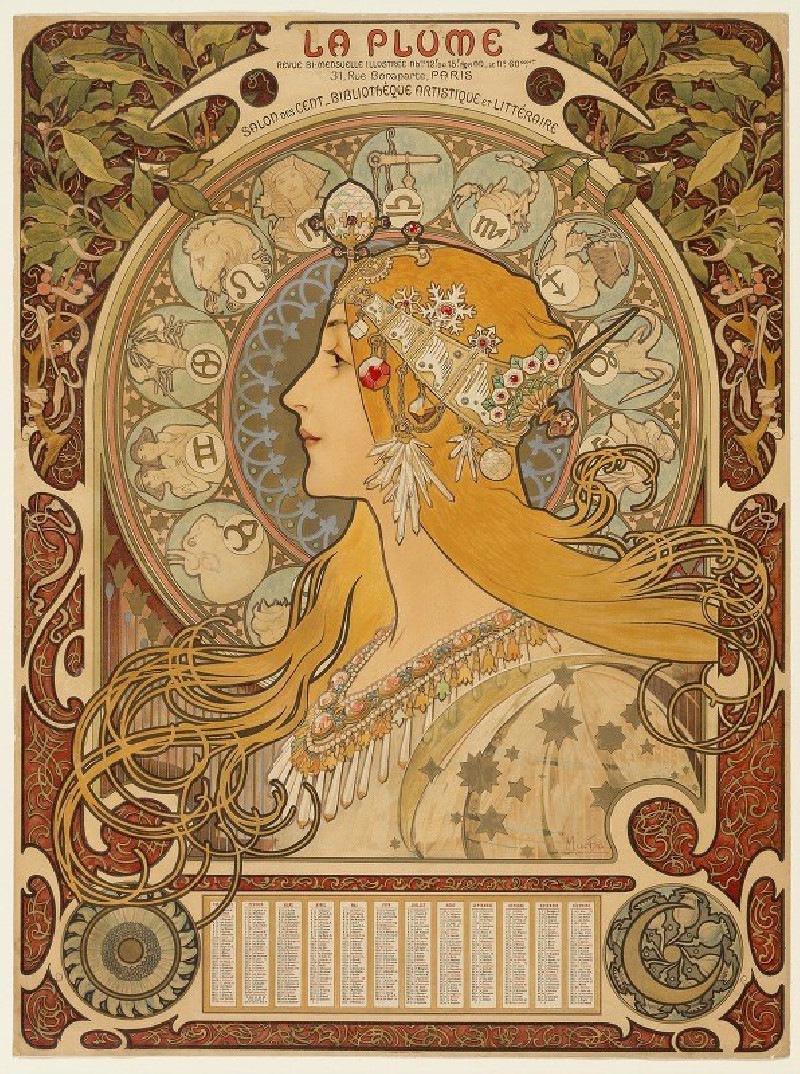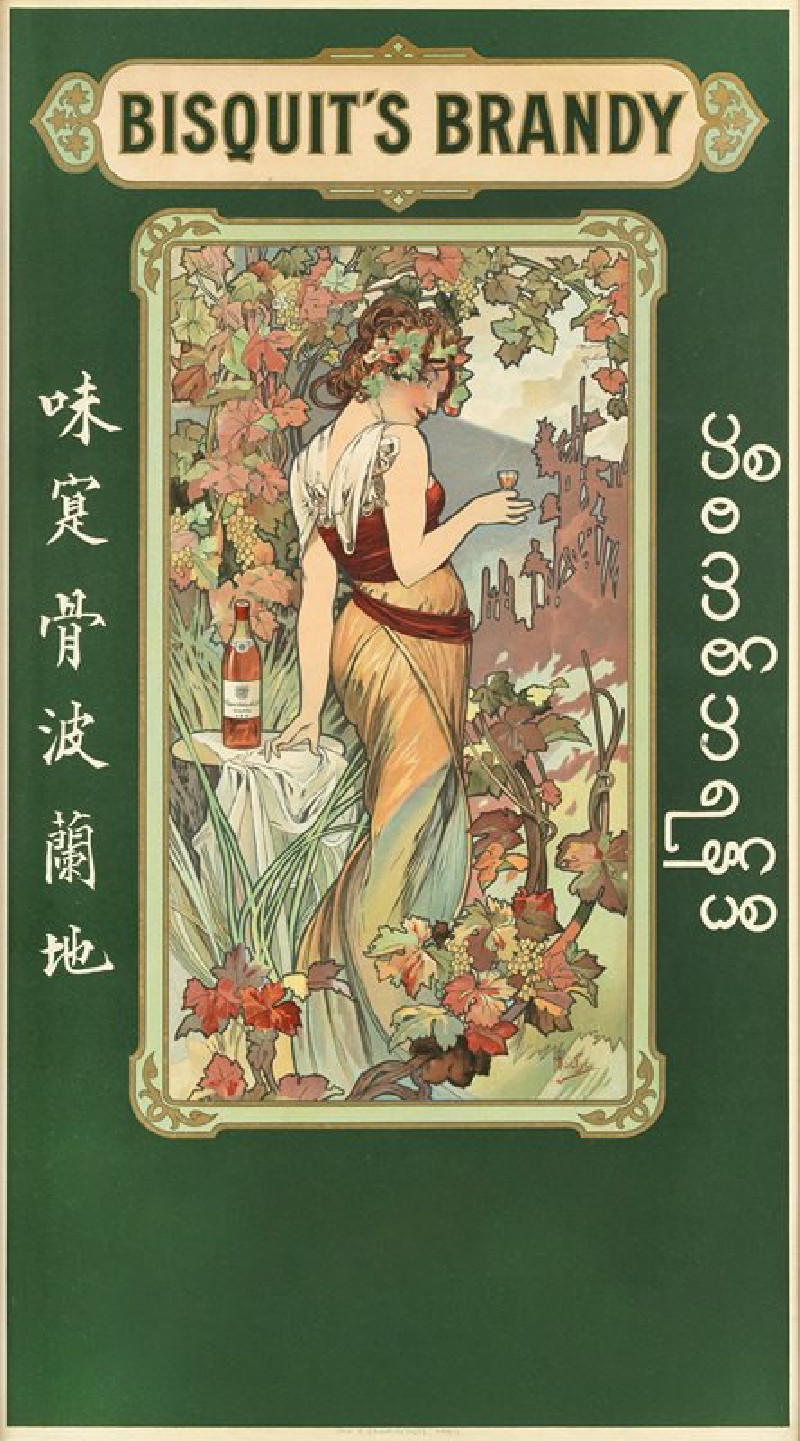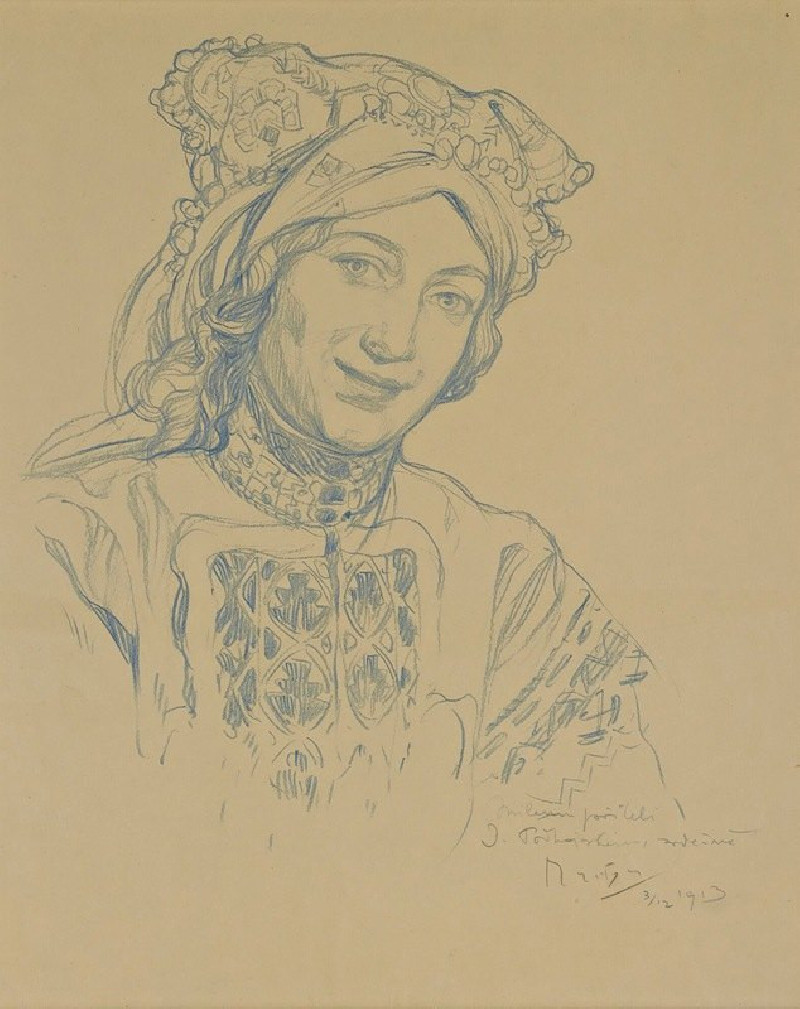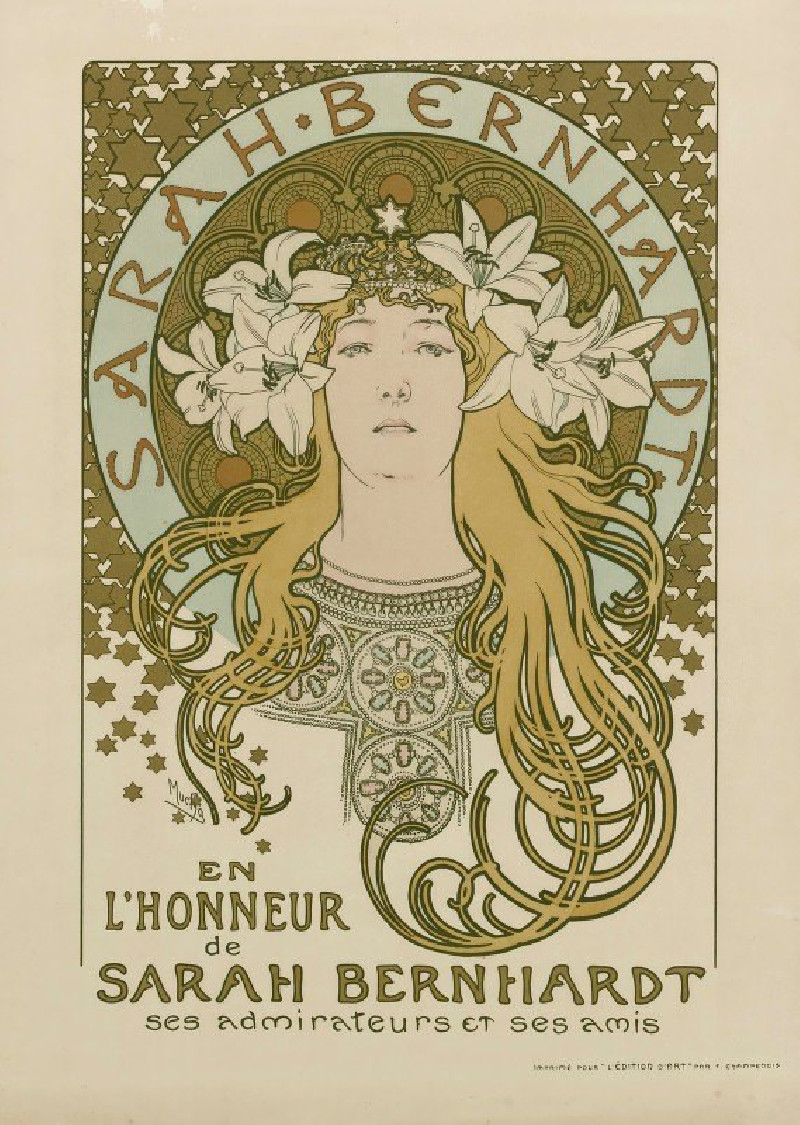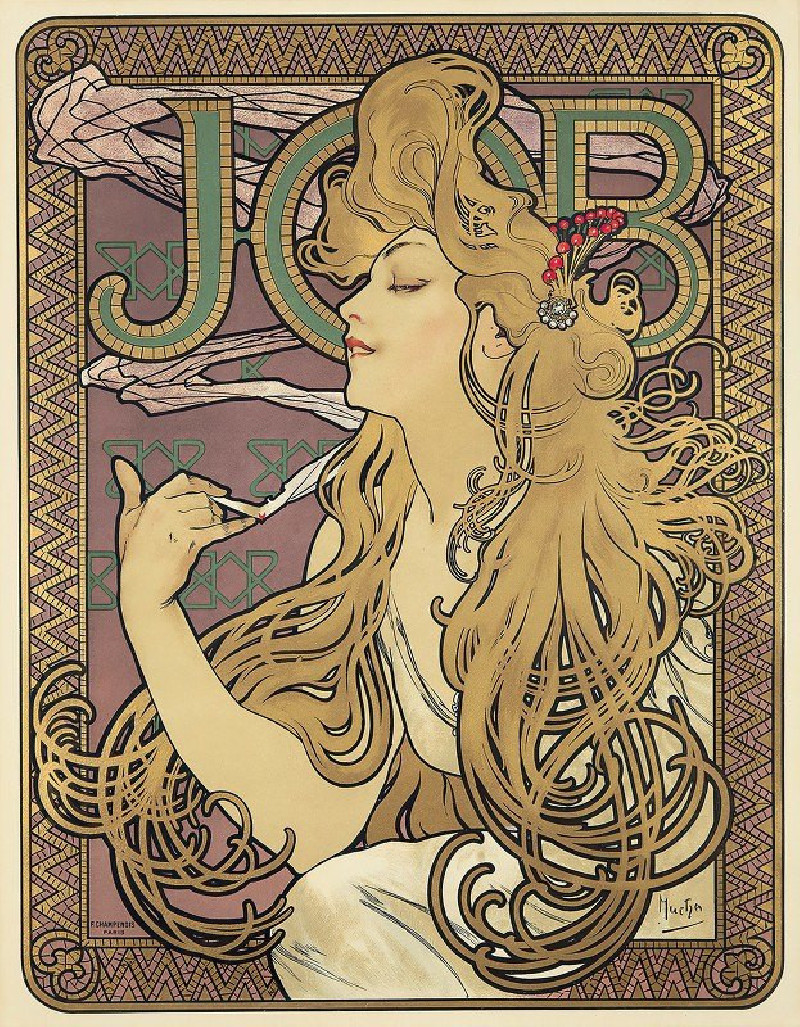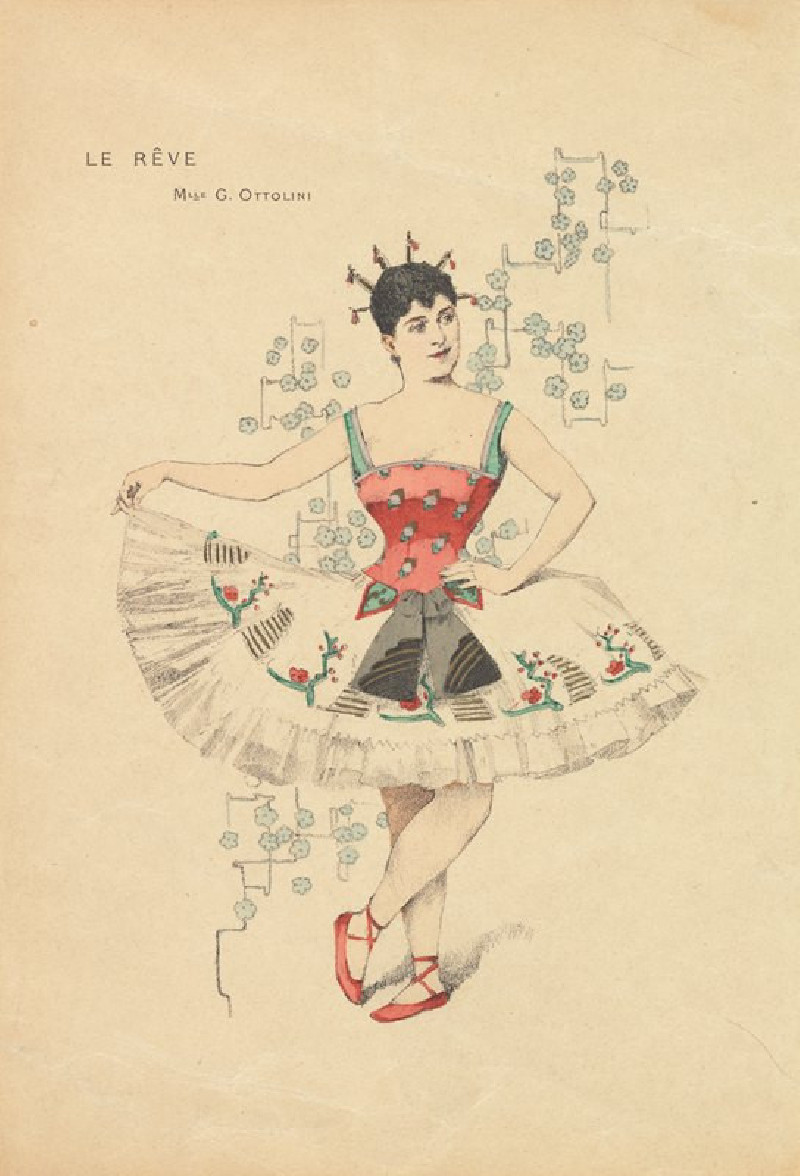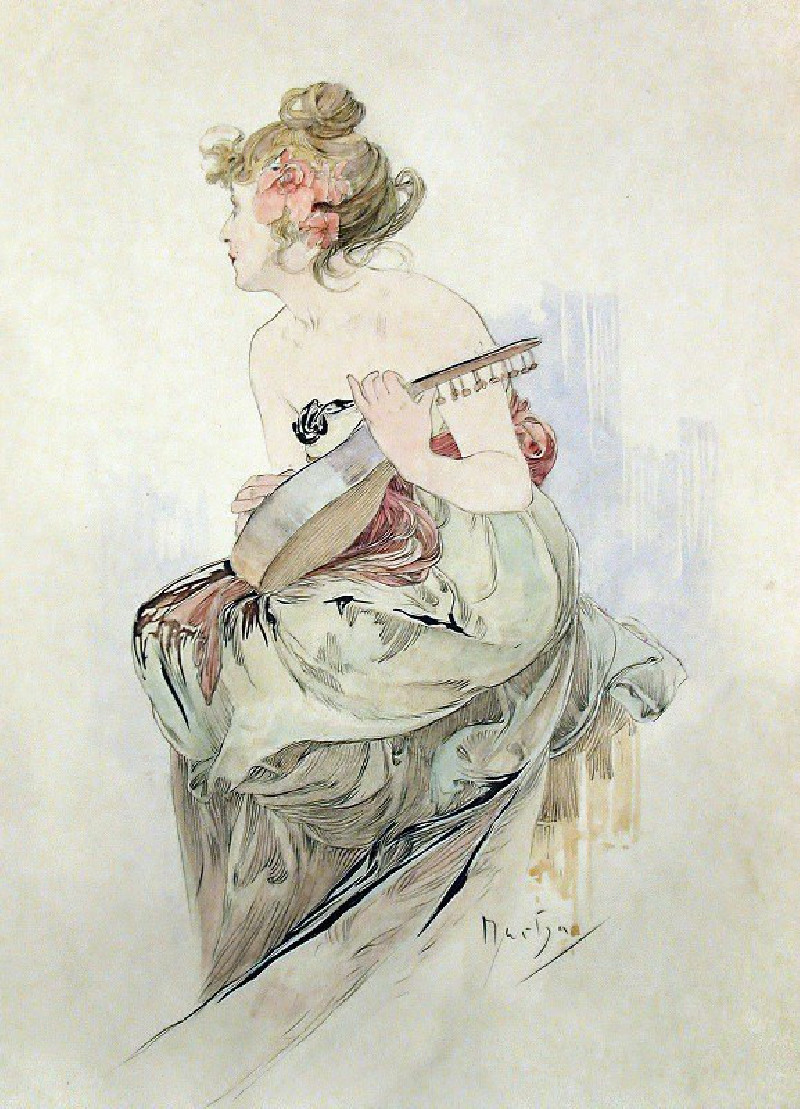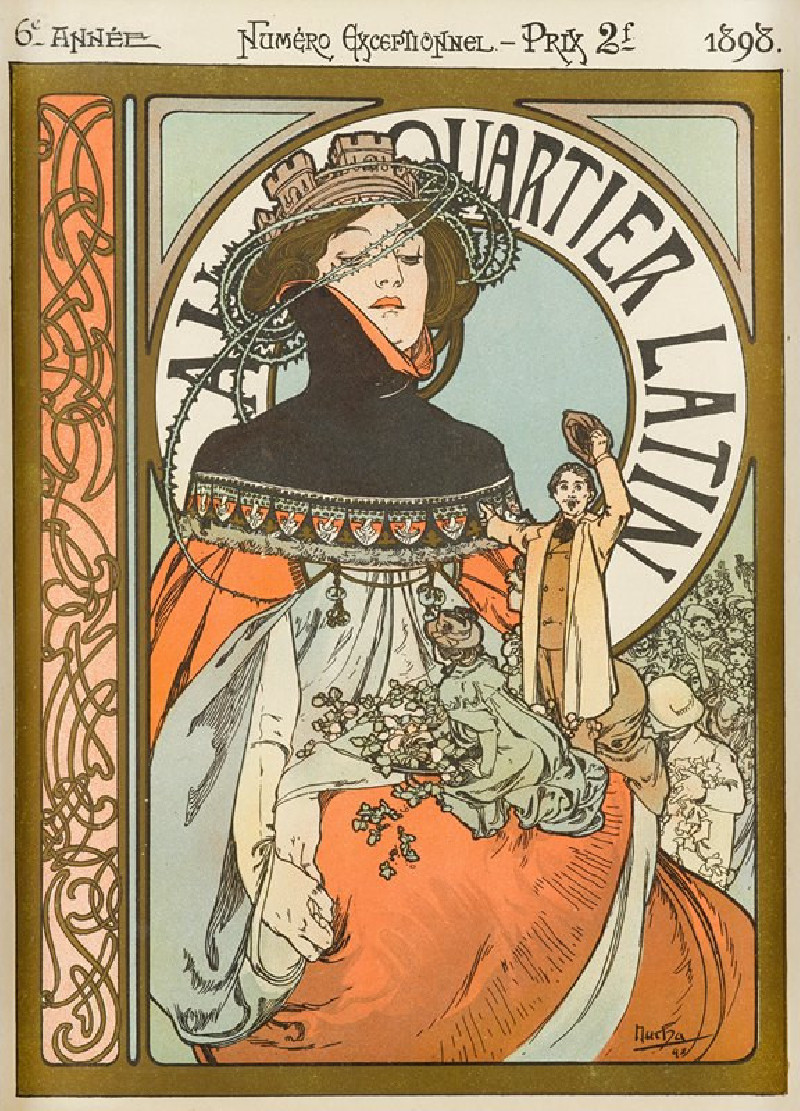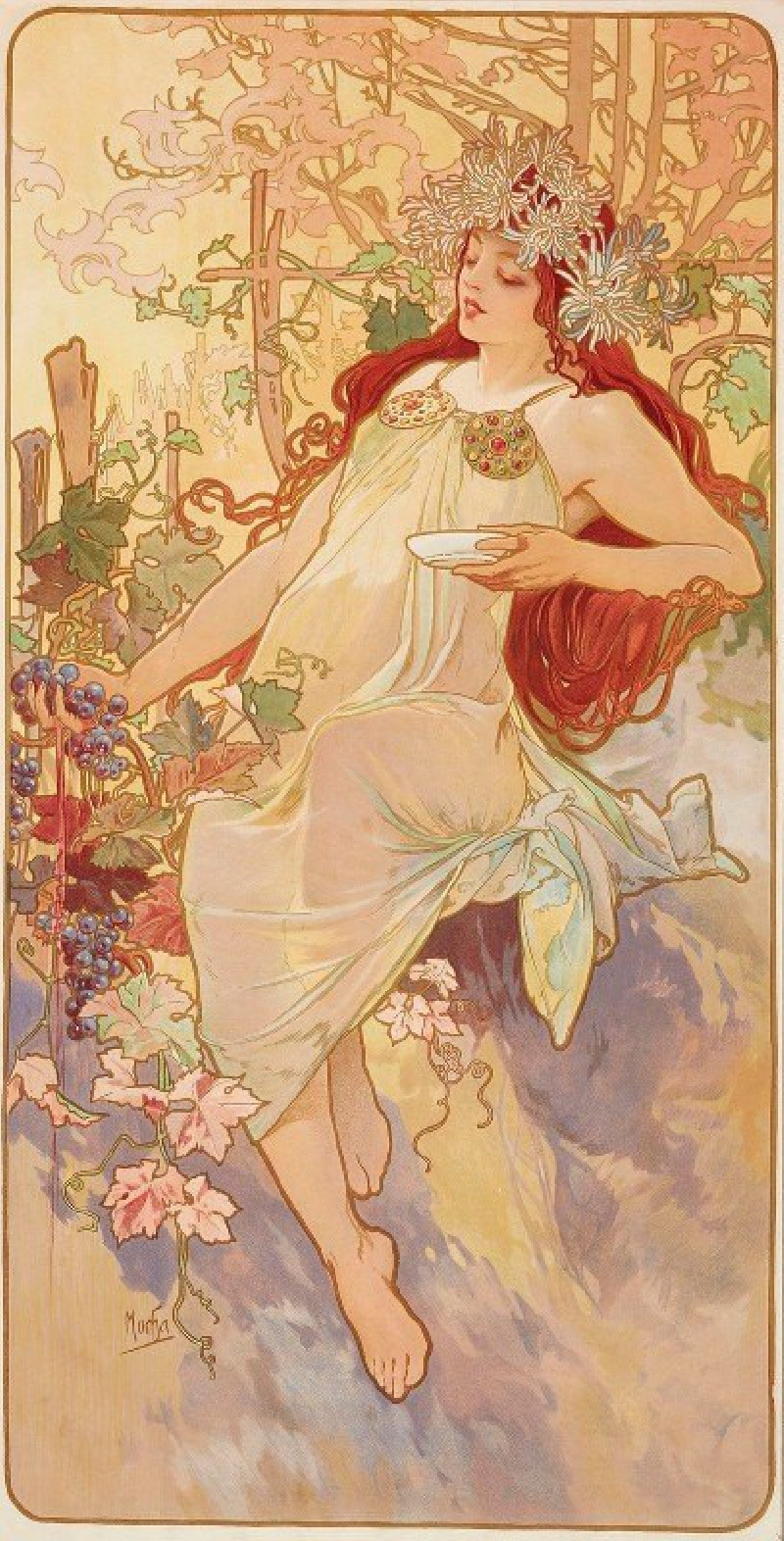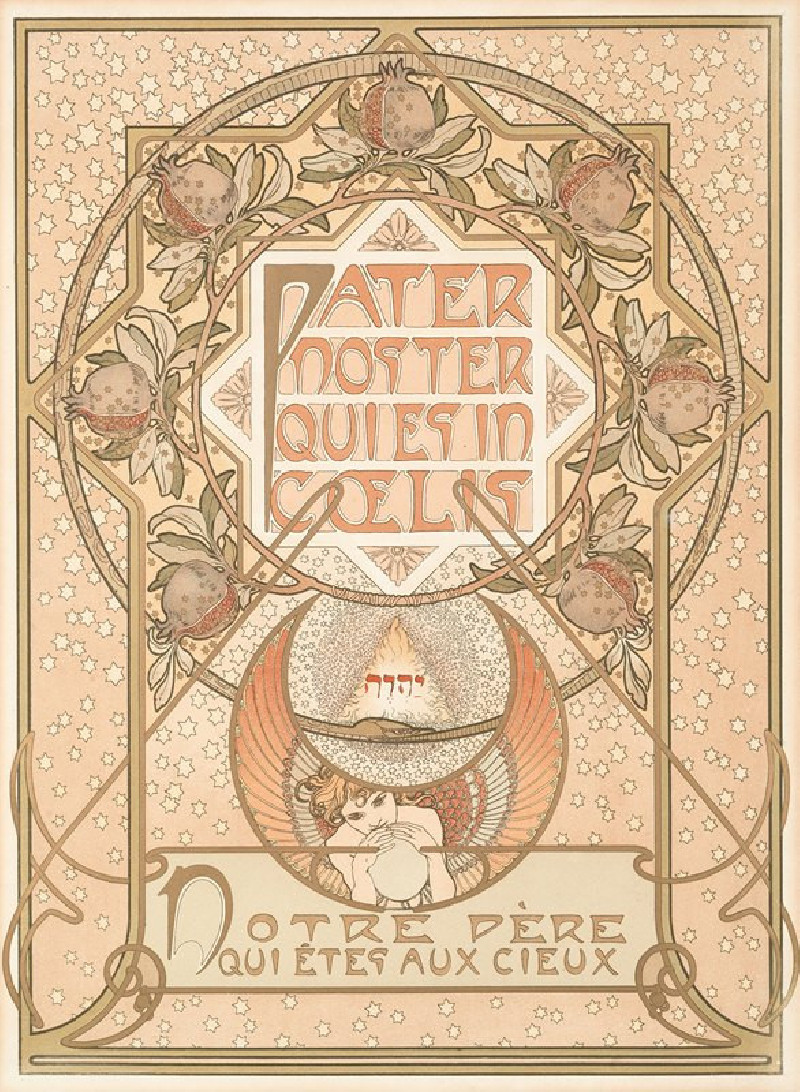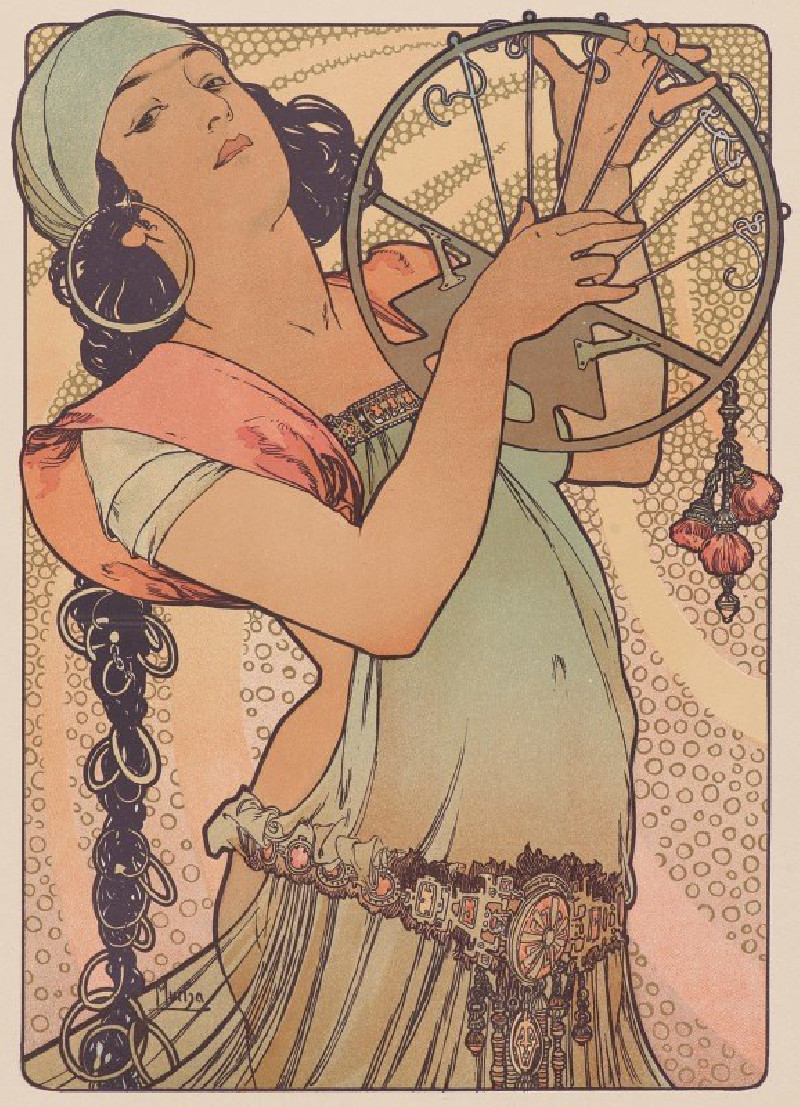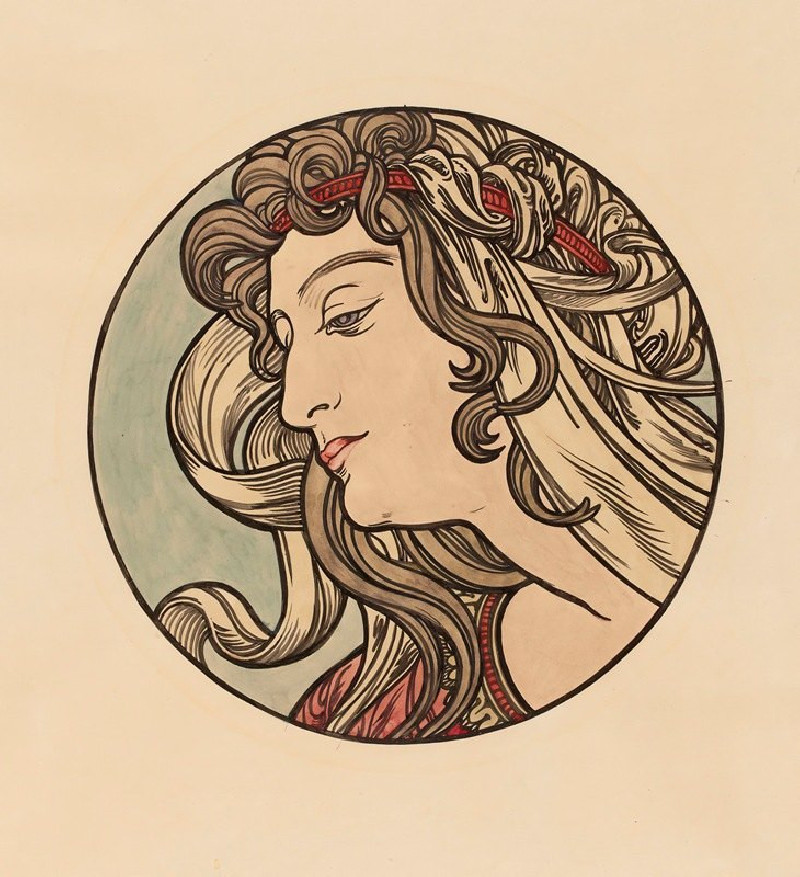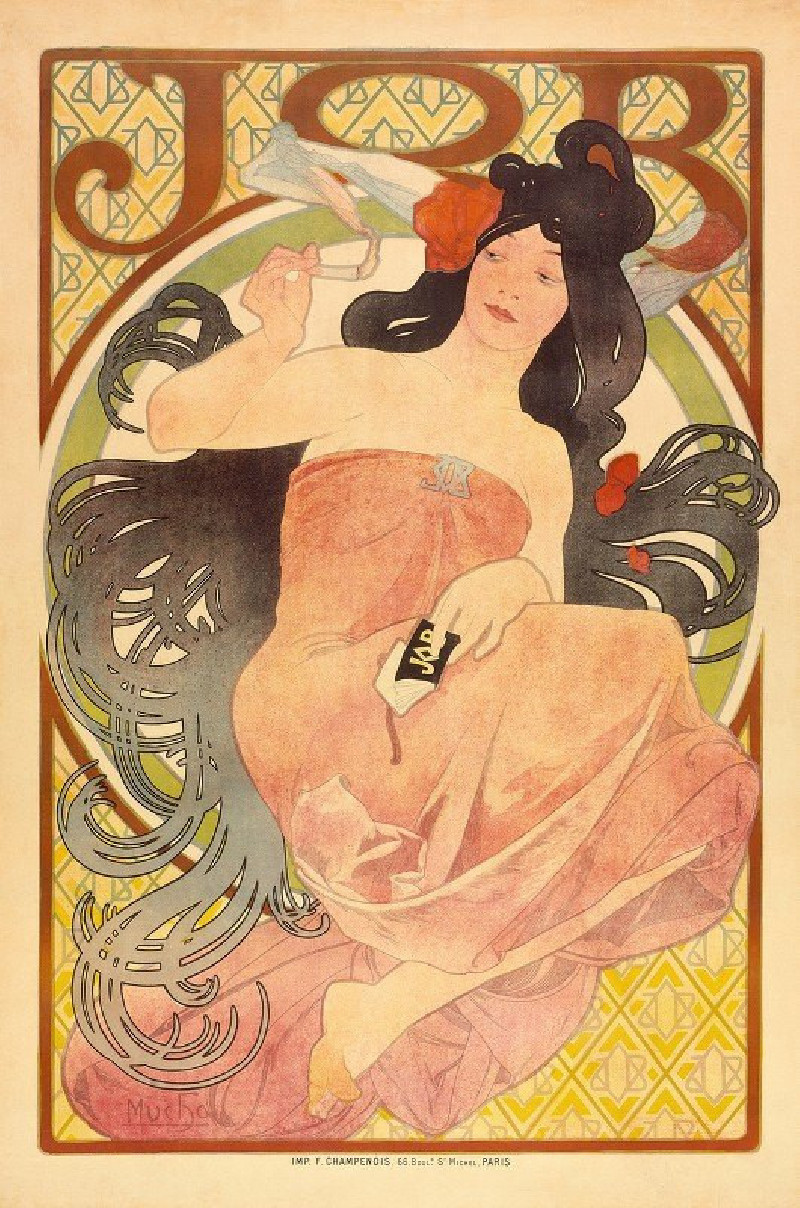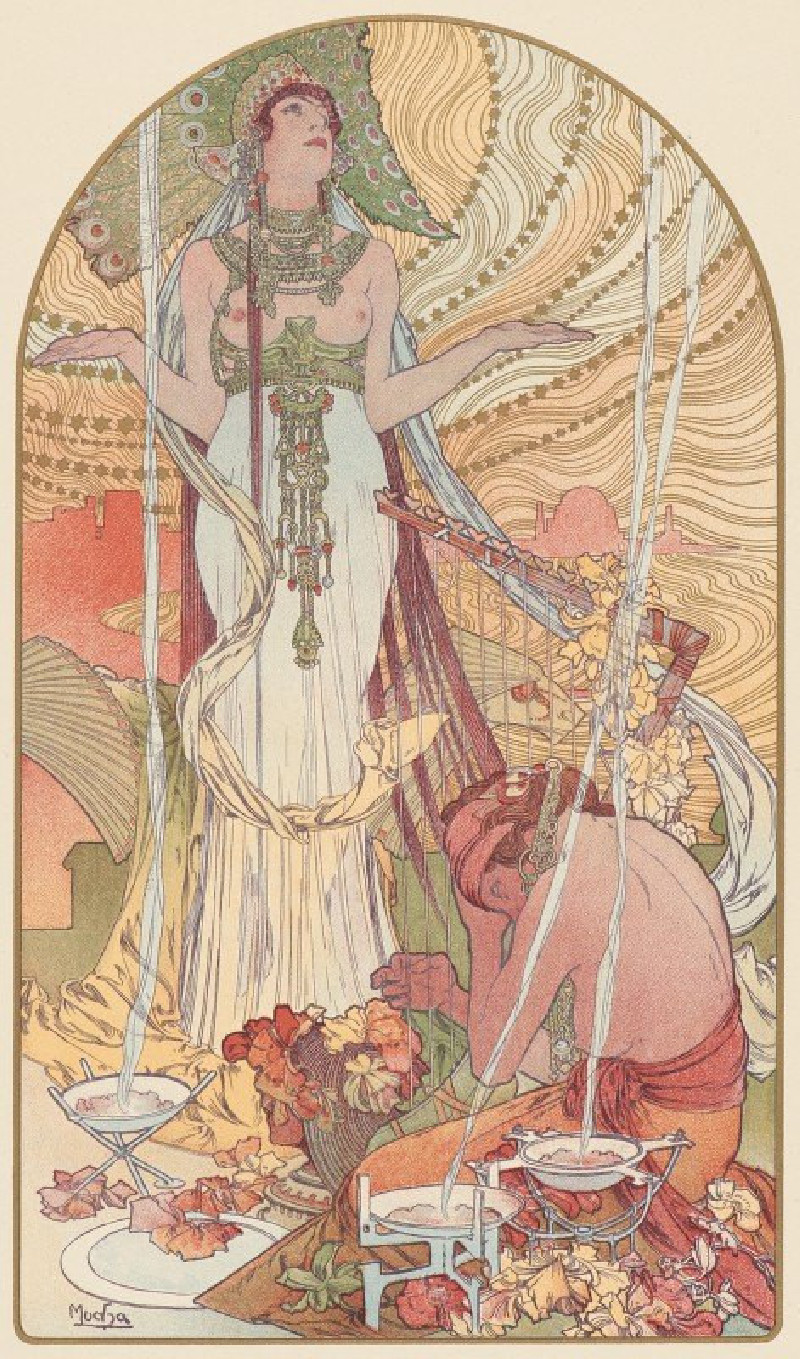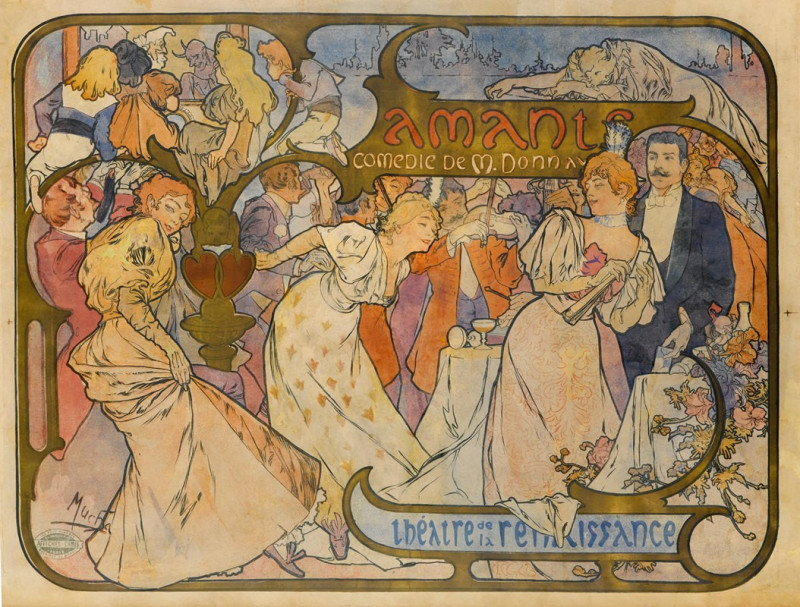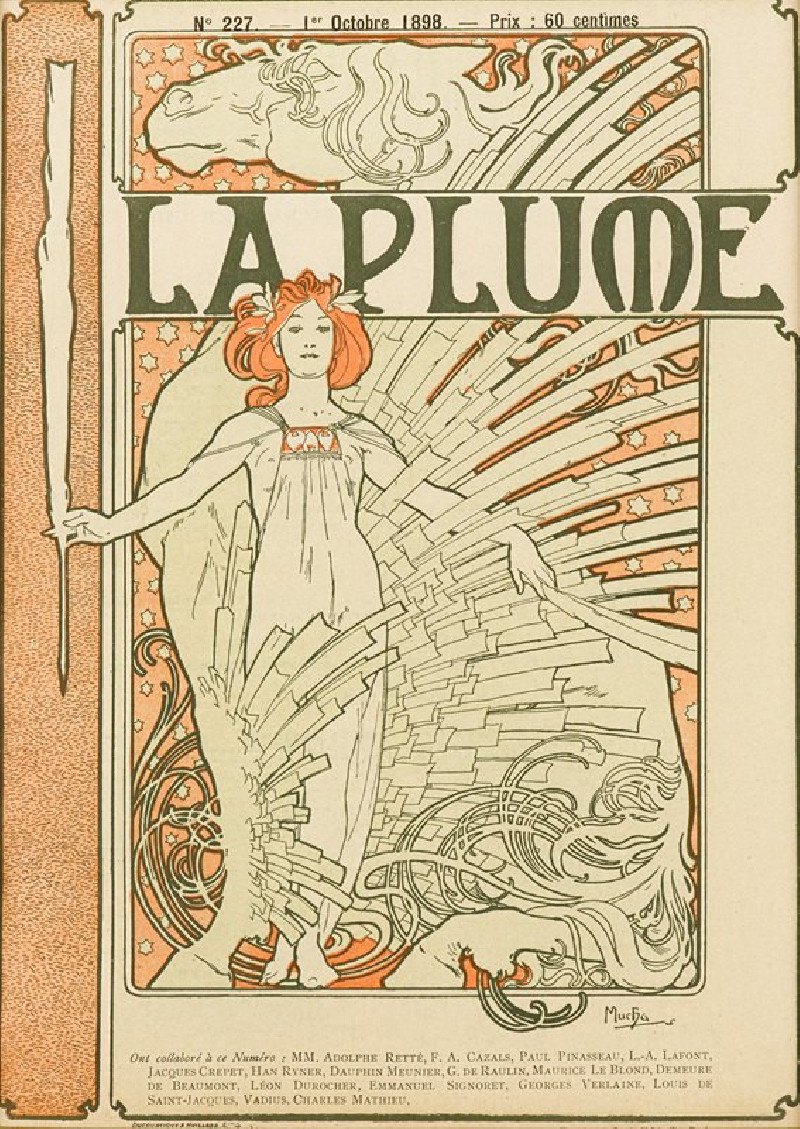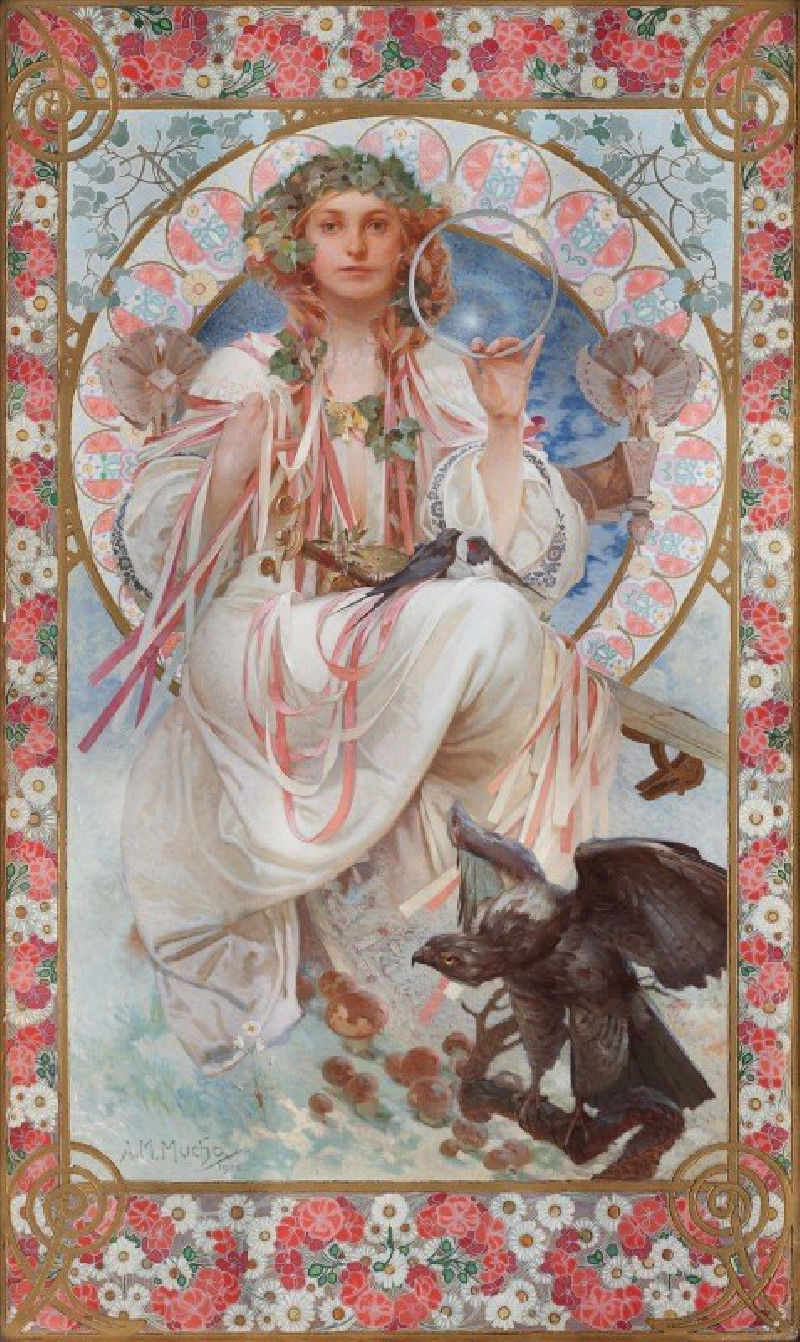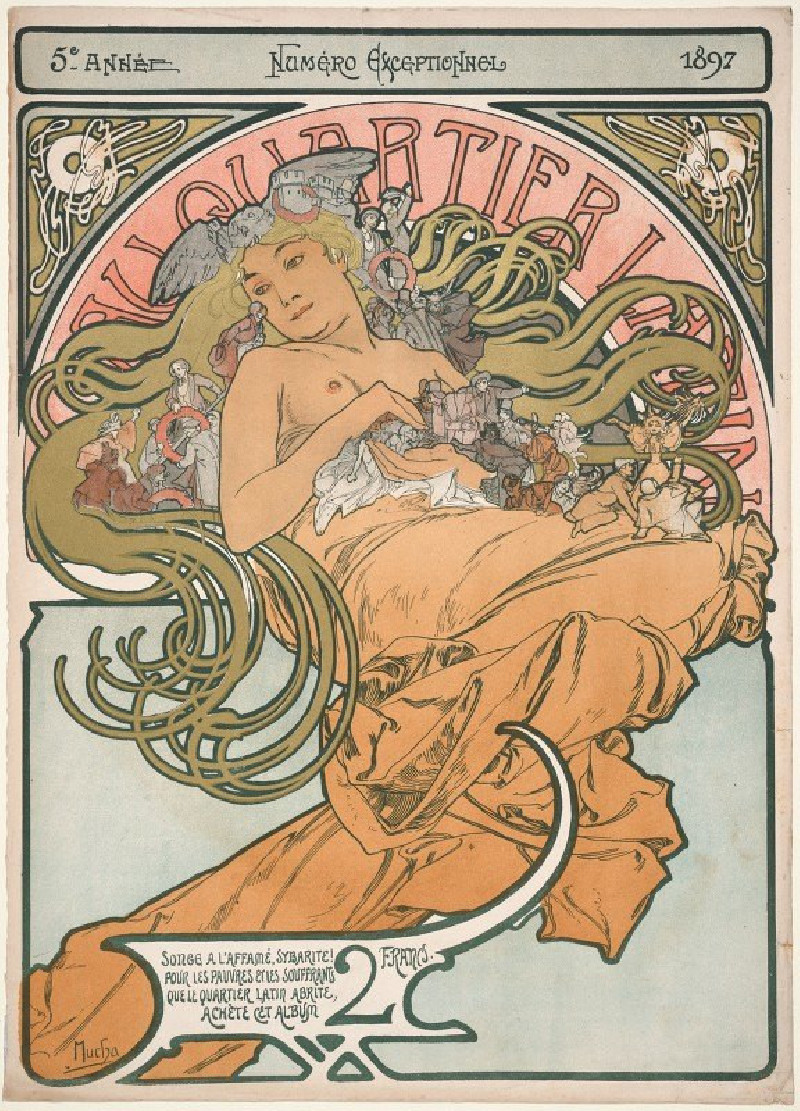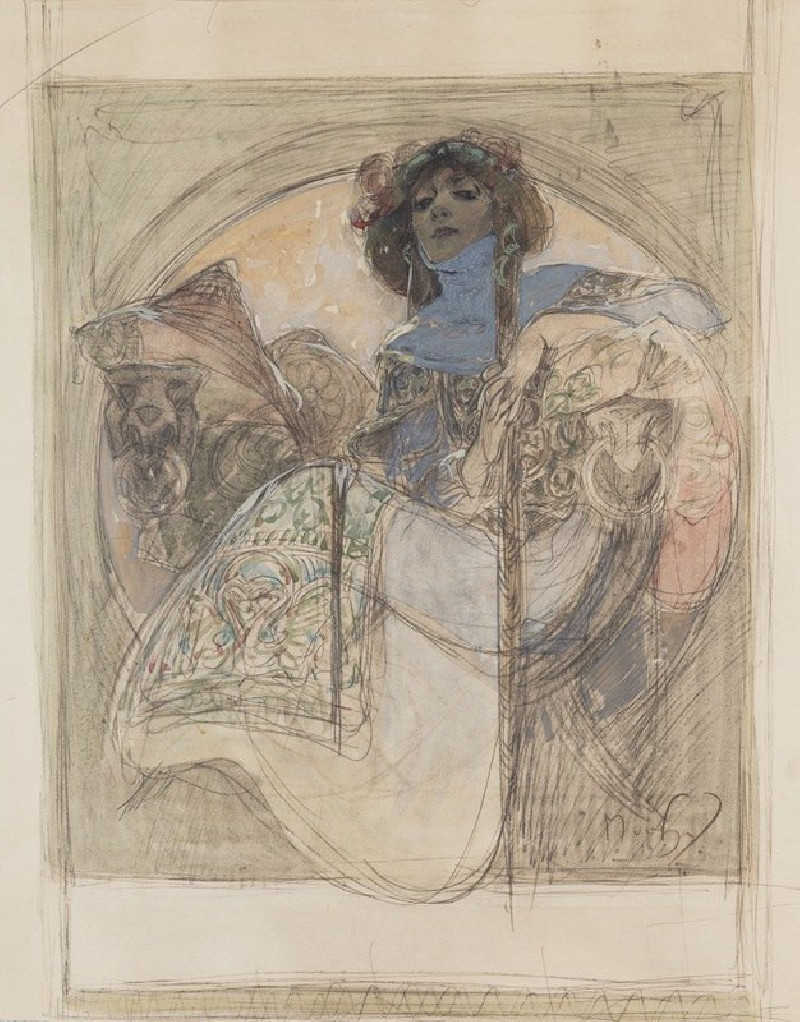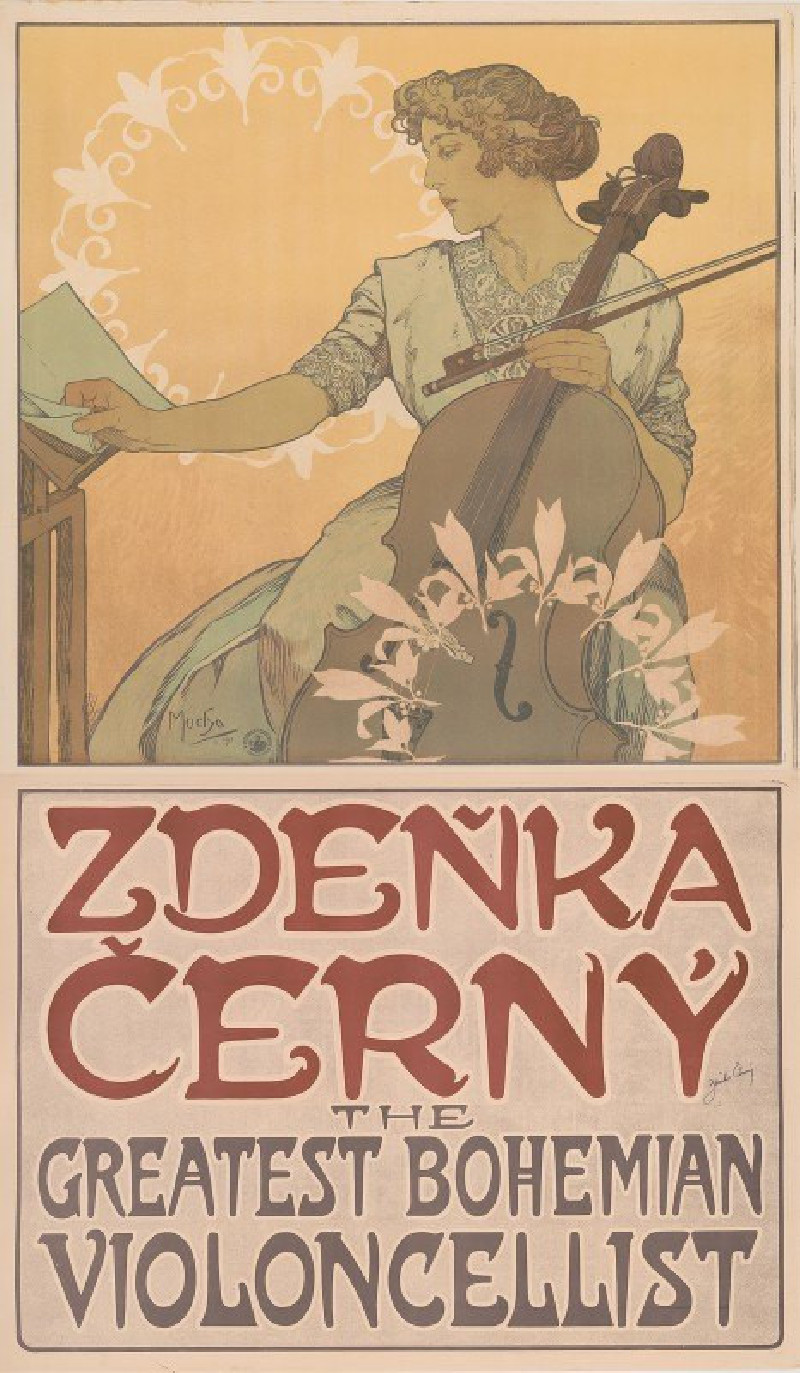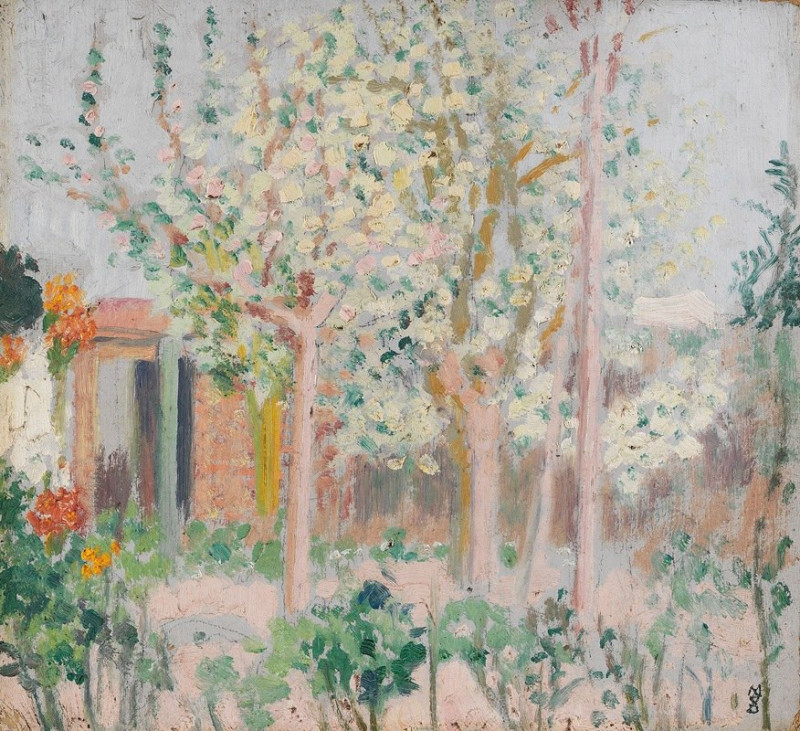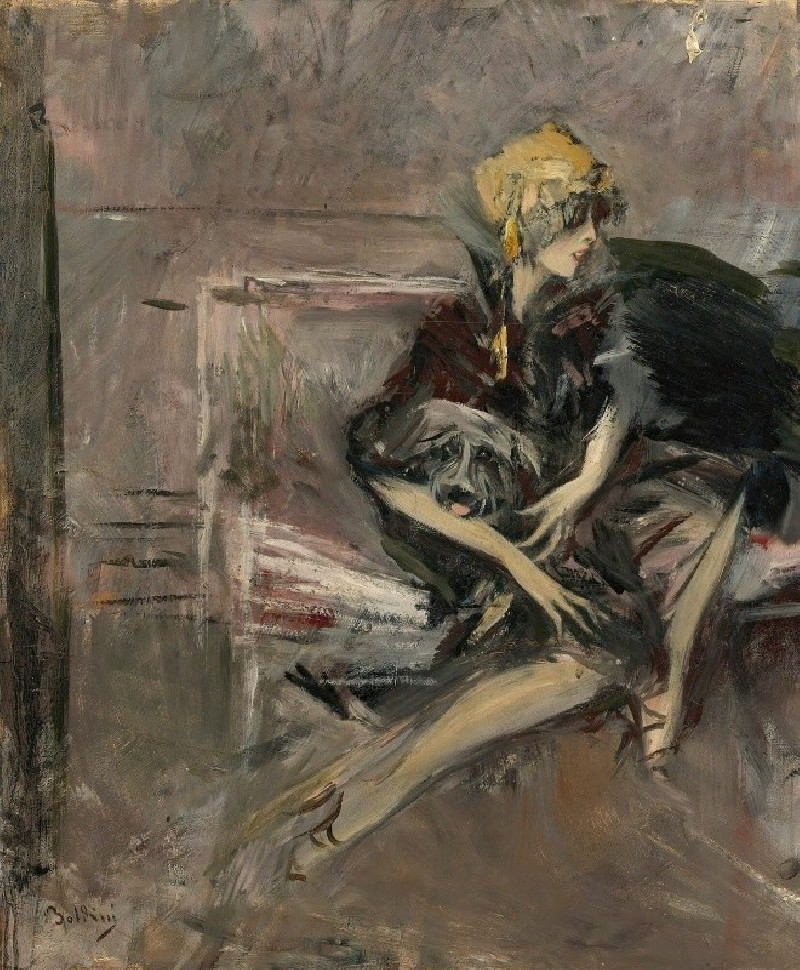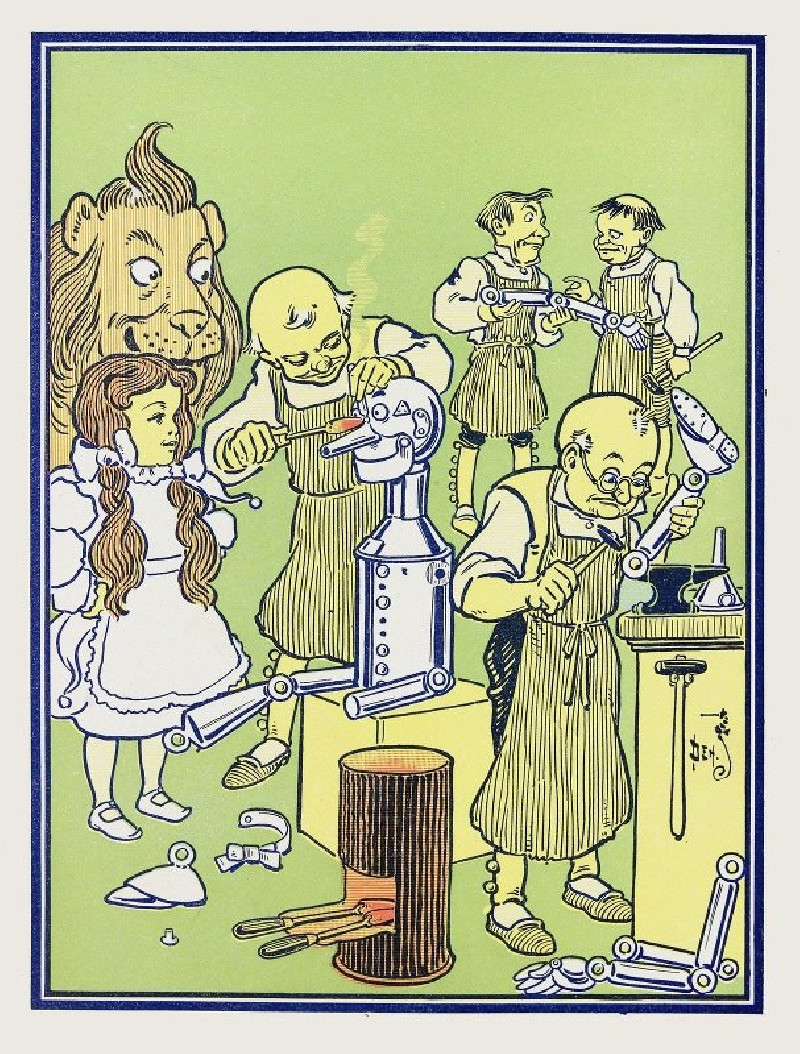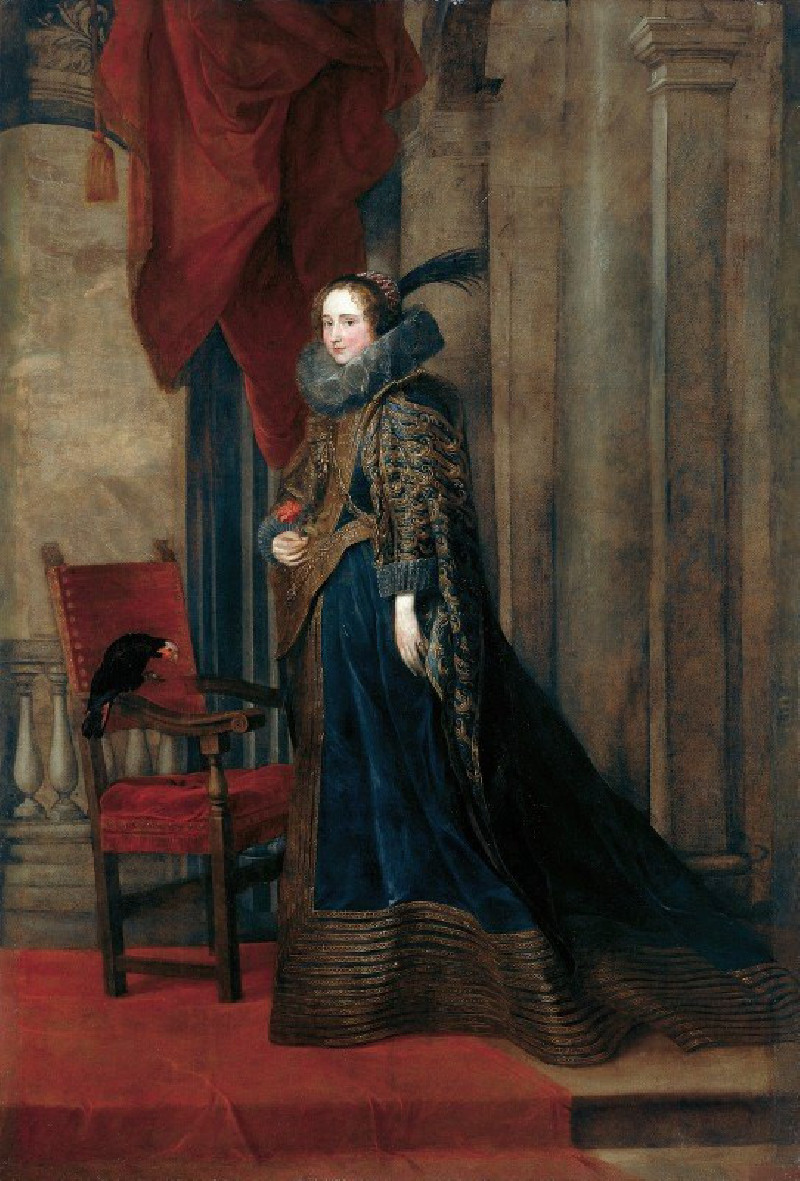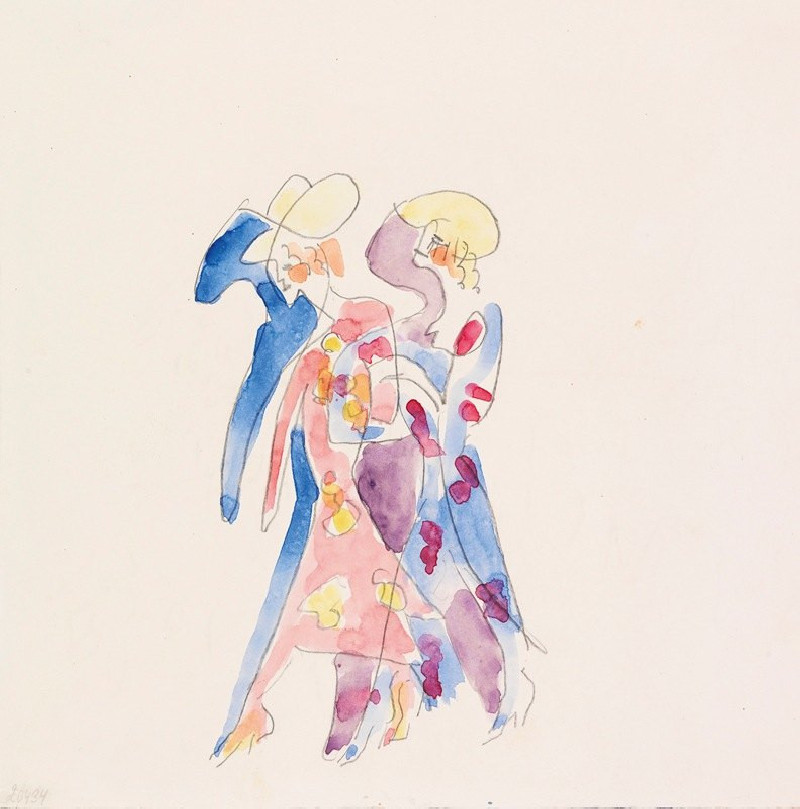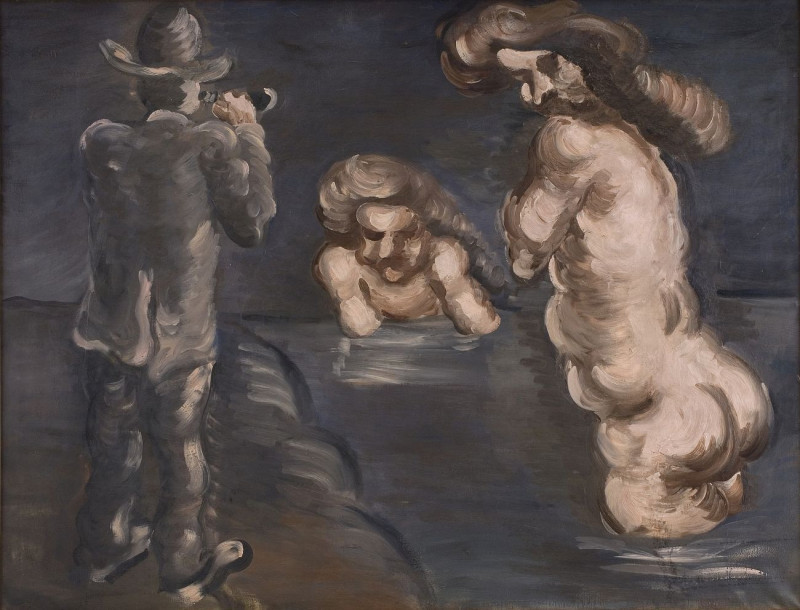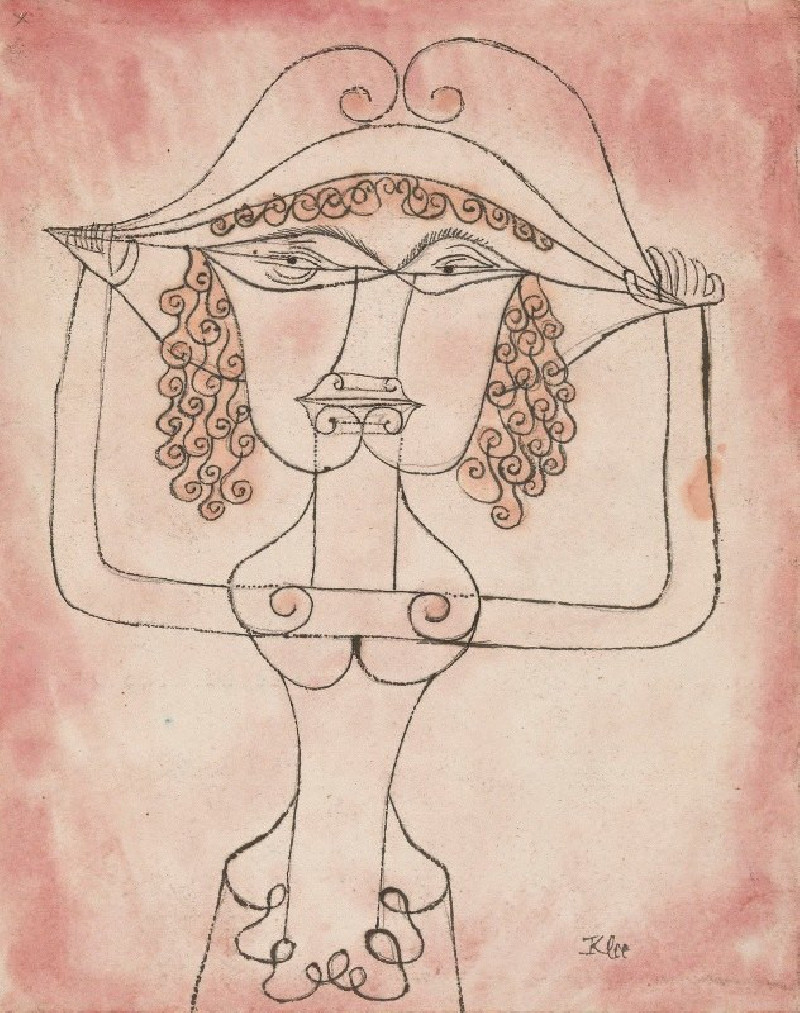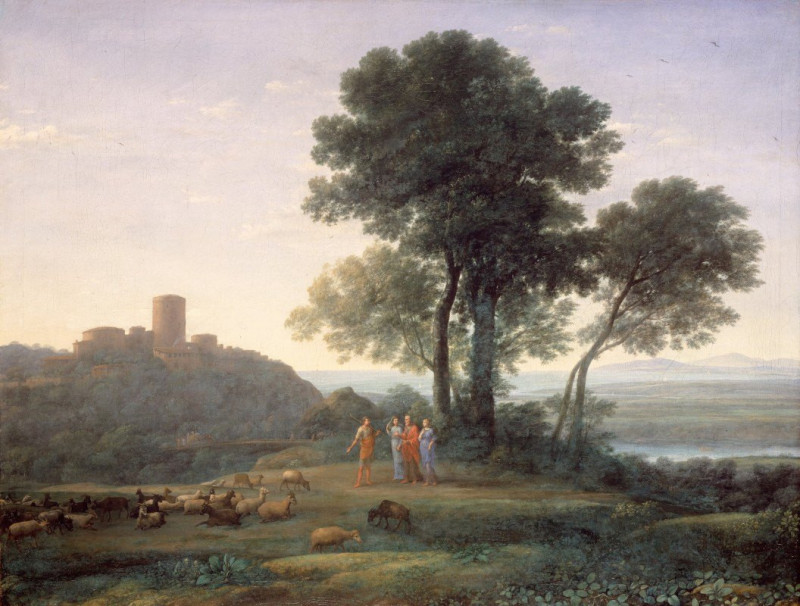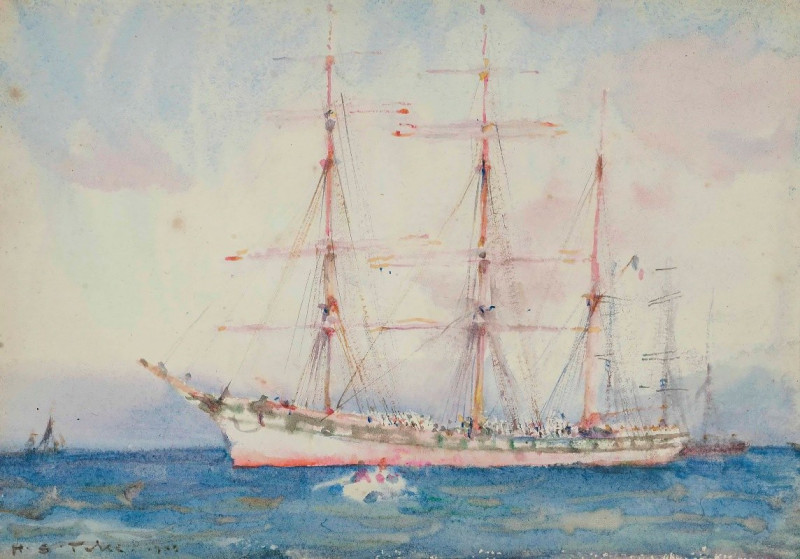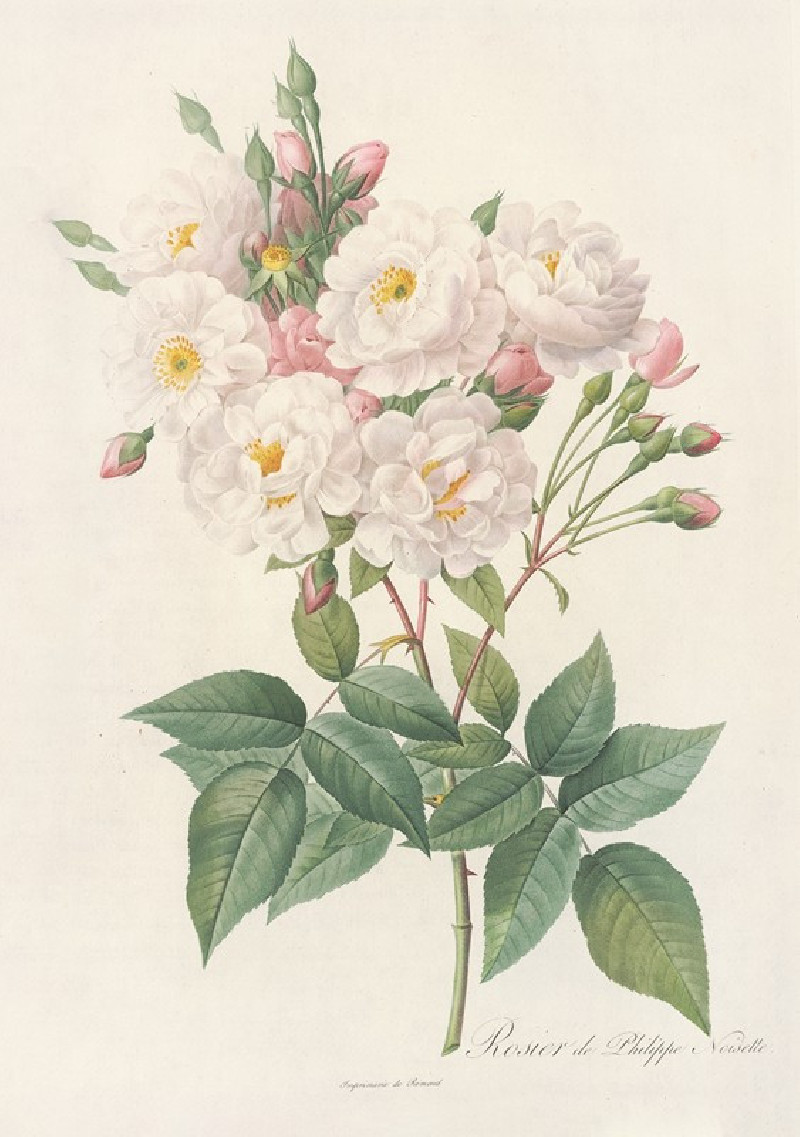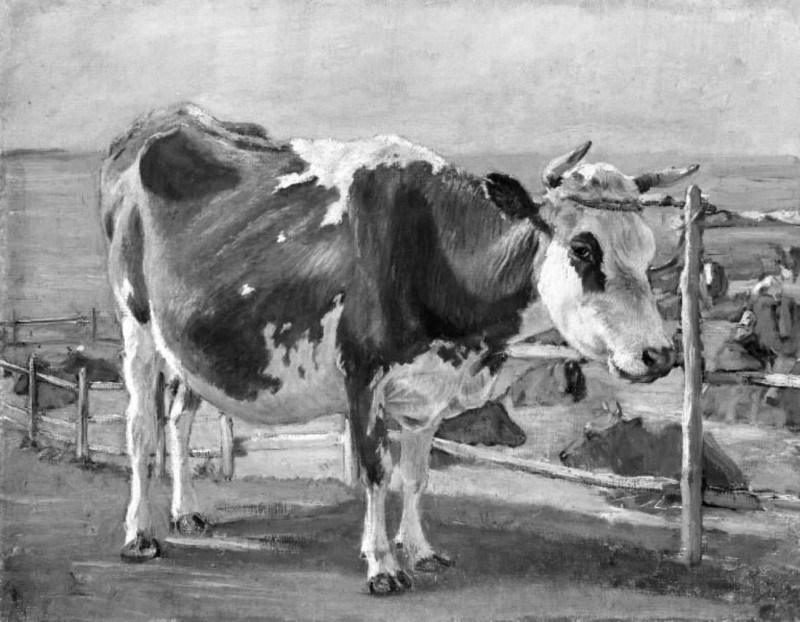Zodiaque (La Plume) (1896–1897)
Technique: Giclée quality print
Recommended by our customers
More about this artwork
"Zodiaque (La Plume)" by Alphonse Mucha is a remarkable example of Art Nouveau, showcasing the style's characteristic intricate linear designs and organic forms. This particular piece was originally created as an illustration for the magazine "La Plume" and was later distributed as a calendar.At the center of the composition is a beautifully rendered woman, depicted in a profile view. Her face is serene and contemplative, immersed within a halo-like disk that features symbols of the Zodiac encircling her head. Each Zodiac sign is delicately integrated, enhancing the mystical aura of the artwork.The woman's hair, ornately styled and embellished with jewels and flowers, flows down her shoulders and blends seamlessly into the background, creating a visually stunning effect. Her head is adorned with a lavish crown-like piece, which also functions as an elaborate decorative motif that includes various gems and astrological symbols.The backdrop is rich with decorative elements and botanical motifs, intertwining leaves and vines that seem to emerge from behind her, enlacing the celestial symbols. The outer borders are equally detailed, filled with ornate patterns and philosophical and artistic symbols, contributing to the overall esoteric and sophisticated quality of the work.In the lower section of the painting, there is a cartouche that includes a calendar, which adds a practical dimension to the otherwise ethereal and decorative art piece, illustrating Mucha's ability to marry beauty with function.
Delivery
Returns
Alphonse Maria Mucha also know internationally as Alphonse Mucha (1860-1939), was a Czech graphic artist, painter and illustrator. He lived in Paris during the Art Nouveau period, and is best know for his noticeably stylized and decorative theatrical posters like those of Sarah Bernhardt, the most famous actress in paris at the time. Mucha produced paintings, advertisements, book illustrations as well as designs for carpets, jewelry and theatre sets, in what was called the Mucha style. His works featured beautiful young women in neoclassical robes surrounded by flowers which formed as haloes.

